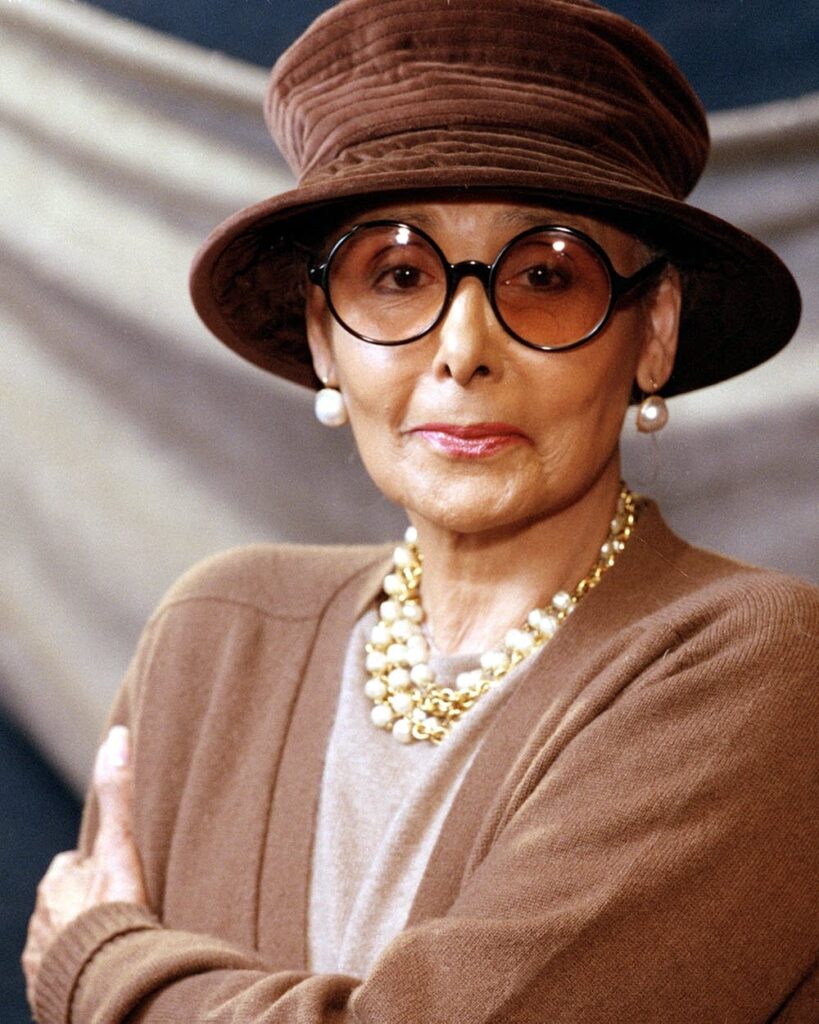As Black History Month celebrates pioneers who shattered barriers, Lena Horne, the legendary singer, actress, and civil rights activist, is immortalized in a historic tribute.
The former Brooks Atkinson Theatre on New York’s West 47th Street has officially been renamed the Lena Horne Theatre, making her the first Black woman to have a Broadway venue bear her name. The honor coincides with a reigniting appreciation for a life that blended artistic brilliance with unyielding activism.
Lena Mary Calhoun Horne, born on June 30, 1917, in a small Jewish hospital in Brooklyn, New York, was destined for greatness, though it came with its share of challenges. Her upbringing, partly under the care of her grandparents, was tumultuous; her parents’ marriage ended, leading to frequent relocations. She spent time with her uncle, Frank S. Horne, who served as the dean of students at Fort Valley Junior Industrial Institute in Georgia and later became an adviser to President Franklin D. Roosevelt. Ultimately, she returned to New York at the age of 12 and enrolled in Girls High School in Brooklyn.
In the 1940s, she was among the pioneering black artists hired to perform with a major white band, the first to appear at the Copacabana nightclub, and one of the few to secure a Hollywood contract.

In 1943, MGM Studios lent her to 20th Century-Fox to portray Selina Rogers in the all-black musical film “Stormy Weather.” Her performance of the title song became a significant hit and her signature piece.
In her debut major Broadway triumph, portraying the lead in “Jamaica” in 1957, critic Richard Watts Jr. called her “one of the unmatched performers of our era.” Songwriter Buddy de Sylva referred to her as “the finest female singer of songs.”
However, Horne constantly felt exasperated by the public disgrace brought on by racism.
During her time at MGM, she starred in the all-Black film “Cabin in the Sky” in 1943, but in most of her other films, she was featured mainly in musical segments that could be omitted in the racially insensitive South without impacting the overall narrative. These films included “I Dood It,” a comedy featuring Red Skelton; “Thousands Cheer” and “Swing Fever,” both released in 1943; “Broadway Rhythm” in 1944; and “Ziegfeld Follies” in 1946.
Eventually, she became an activist, becoming a prominent advocate for civil rights and a creative force. In her later years, she experienced a resurgence in popularity, becoming a celebrated figure in American popular music.

Lena Horne’s story resonates because it’s about talent meeting activism and turning personal struggles into a public crusade for equality. Her voice was her weapon, on stage and off. And in the end, it’s fitting that the city known for its dazzling lights and towering marquees has immortalized her name in the very heart of Broadway.
As we celebrate Black History Month, let’s remember Lena Horne not just for her glorious vocals and glamorous style but also for her steadfast resolve to fight injustice.
